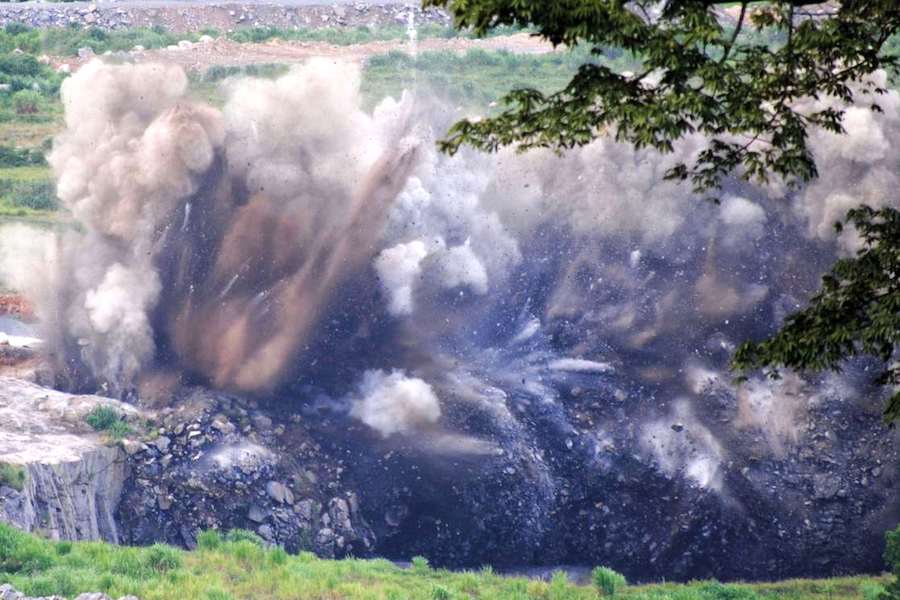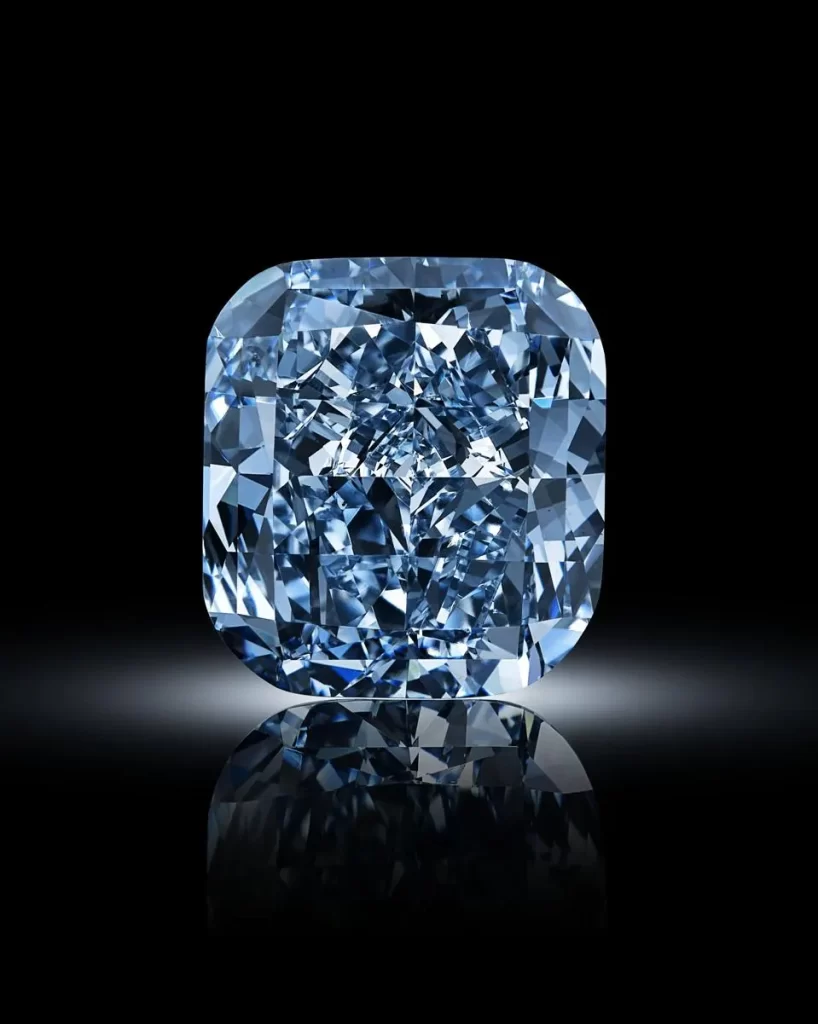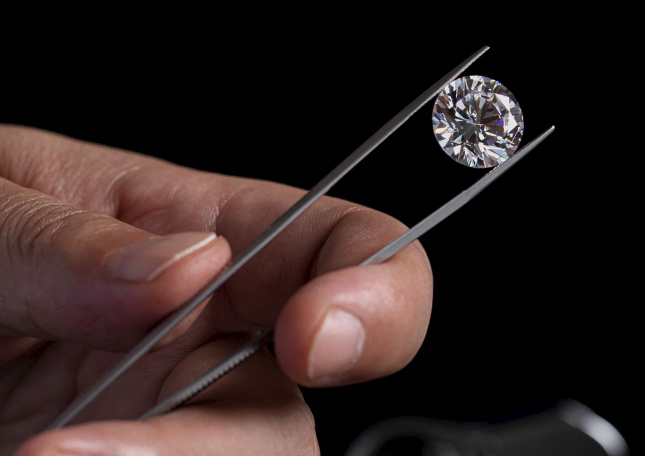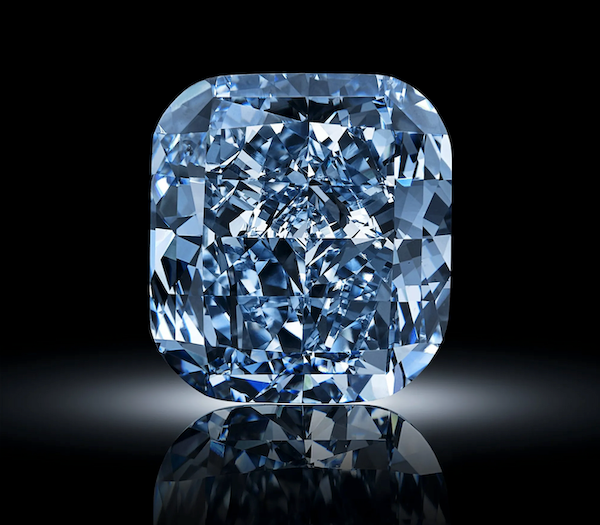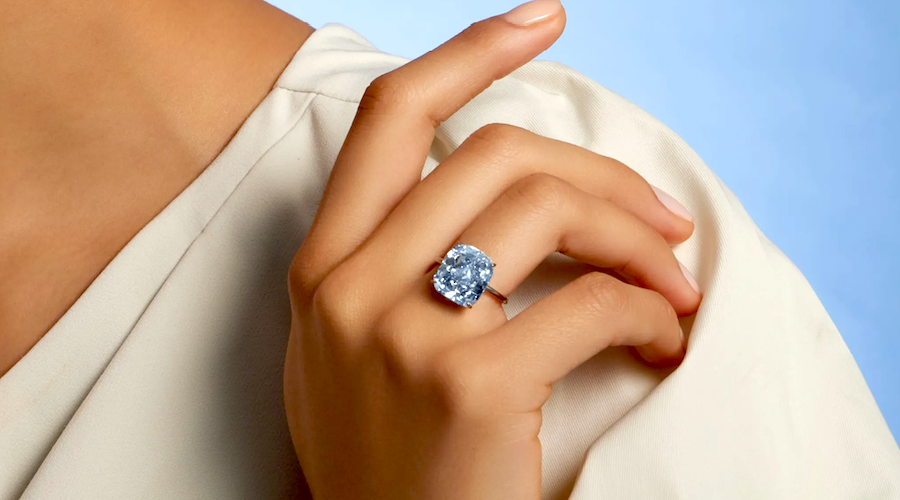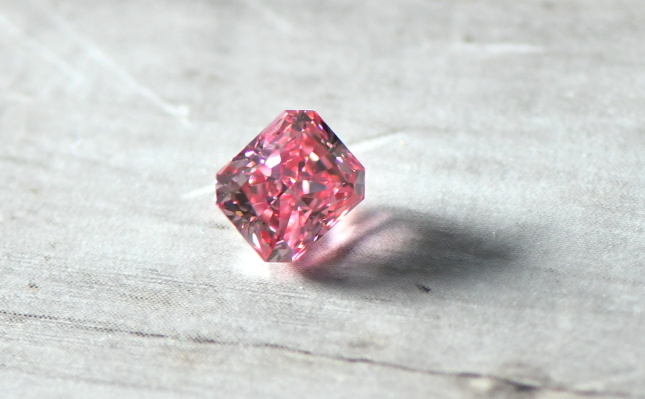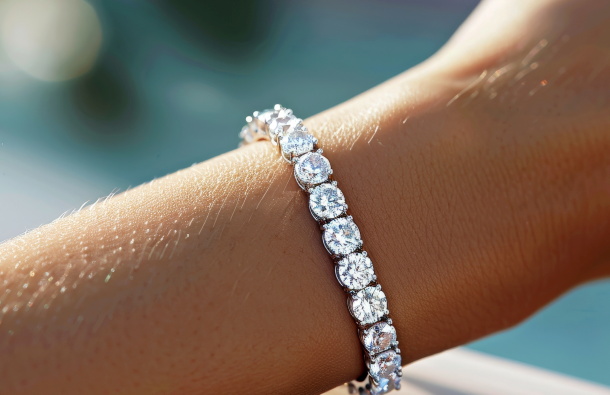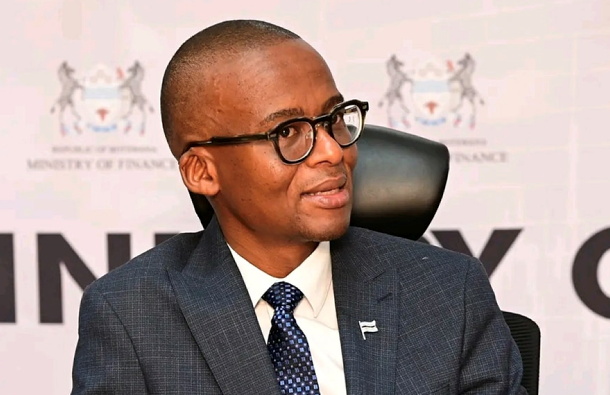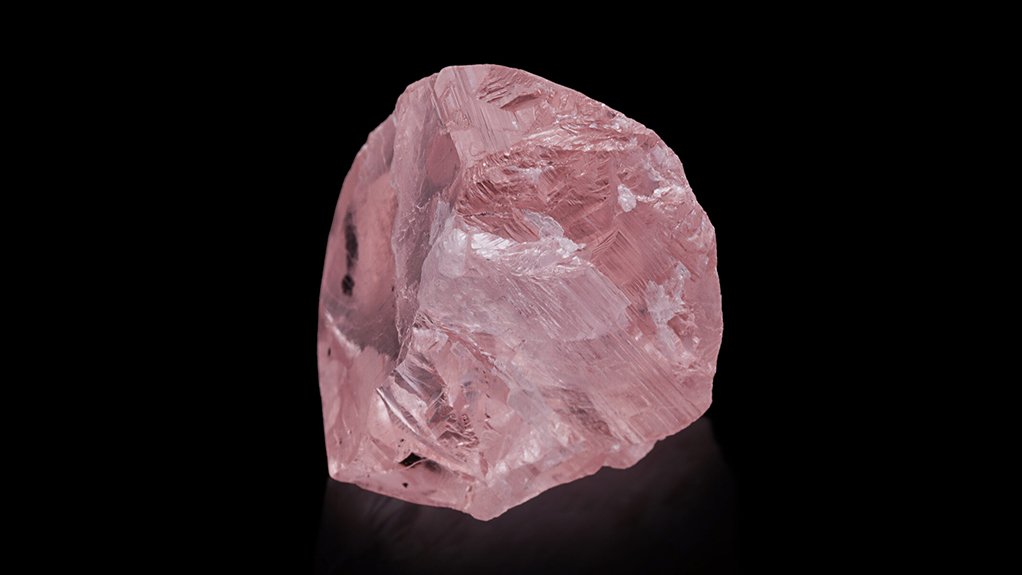
London-listed and South Africa-active Petra Diamonds has sold its entire shareholding in Williamson Diamonds of Tanzania, plus all shareholder loans owed to it, to Pink Diamonds Investments, also of Tanzania.
Pink diamonds are known for their pink hue, ranging from light to deep rose.
The up-to-$16-million transaction has obtained Tanzanian Fair Competition Commission approval for Williamson ownership now vesting entirely with Pink, a Taifa affiliate, which is viewed as possessing the technical and financial capability to conduct operations for the benefit of stakeholders.
With more than three decades of mining-related experience, Taifa’s working relationships extend to mining majors such as De Beers, Barrick and AngloGold Ashanti, and the company is now entering a phase of exclusive ownership of an asset where about 1 100 people are employed, most of them Tanzanian.
The mine’s reserves and resources as of June 30 were reported as 37.17-million carats. With liquidity challenges continuing, further capital investment will be required.
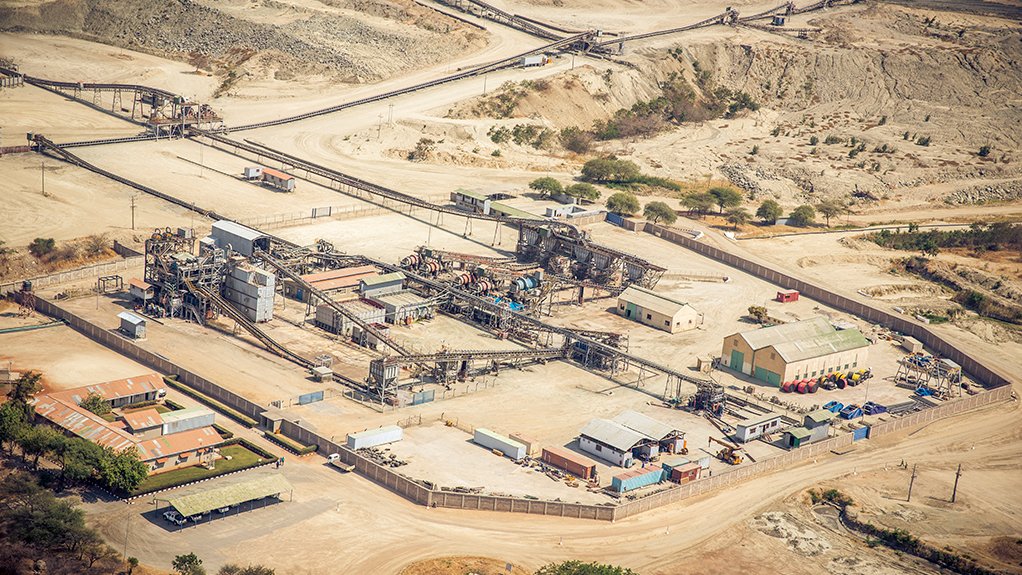
Twenty per cent of any distributable cash generated annually by Williamson will be payable by Pink Diamonds to Petra until the selling price is met, Petra joint interim CEO Vivek Gadodia outlined in a release to Mining Weekly, in which he wished Pink all of the best as its takes over the mine, the kimberlite pipe of which was discovered by Canadian geologist John Williamson in 1940 and which led to ongoing operation since then, making it one of the world’s oldest continuous operating diamond mines. Its yield of 19-million-plus diamond carats includes a 54.5 ct Williamson pink diamond that was presented to British royalty in 1947.
Meanwhile, Petra, with the Cullinan and Finsch underground diamond mines in South Africa, is focusing on value rather than volume at a time when diamond-mining headwinds are tending to dominate the headlines and the usual sale of rough diamonds at acceptable prices is reportedly proving difficult.
This has resulted in the stockpile of rough diamonds held by De Beers, for example, rising to $2-billion, which, according to a report in the Financial Times, is the biggest hold back of rough diamonds since the financial crisis of 2008.
Source: Miningweekly

